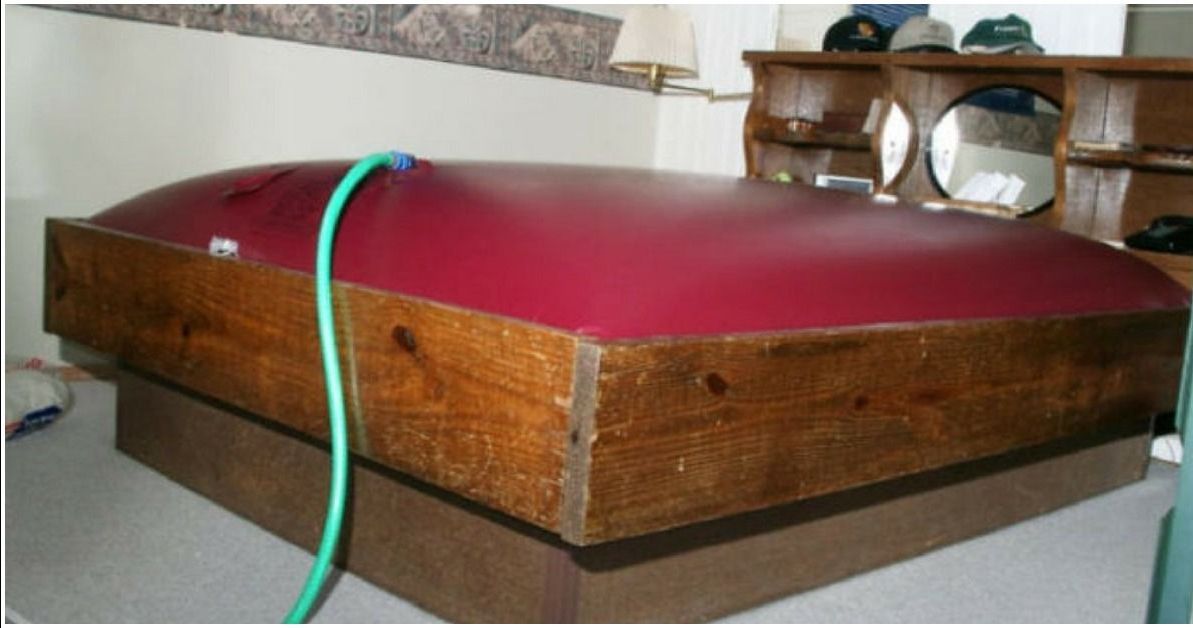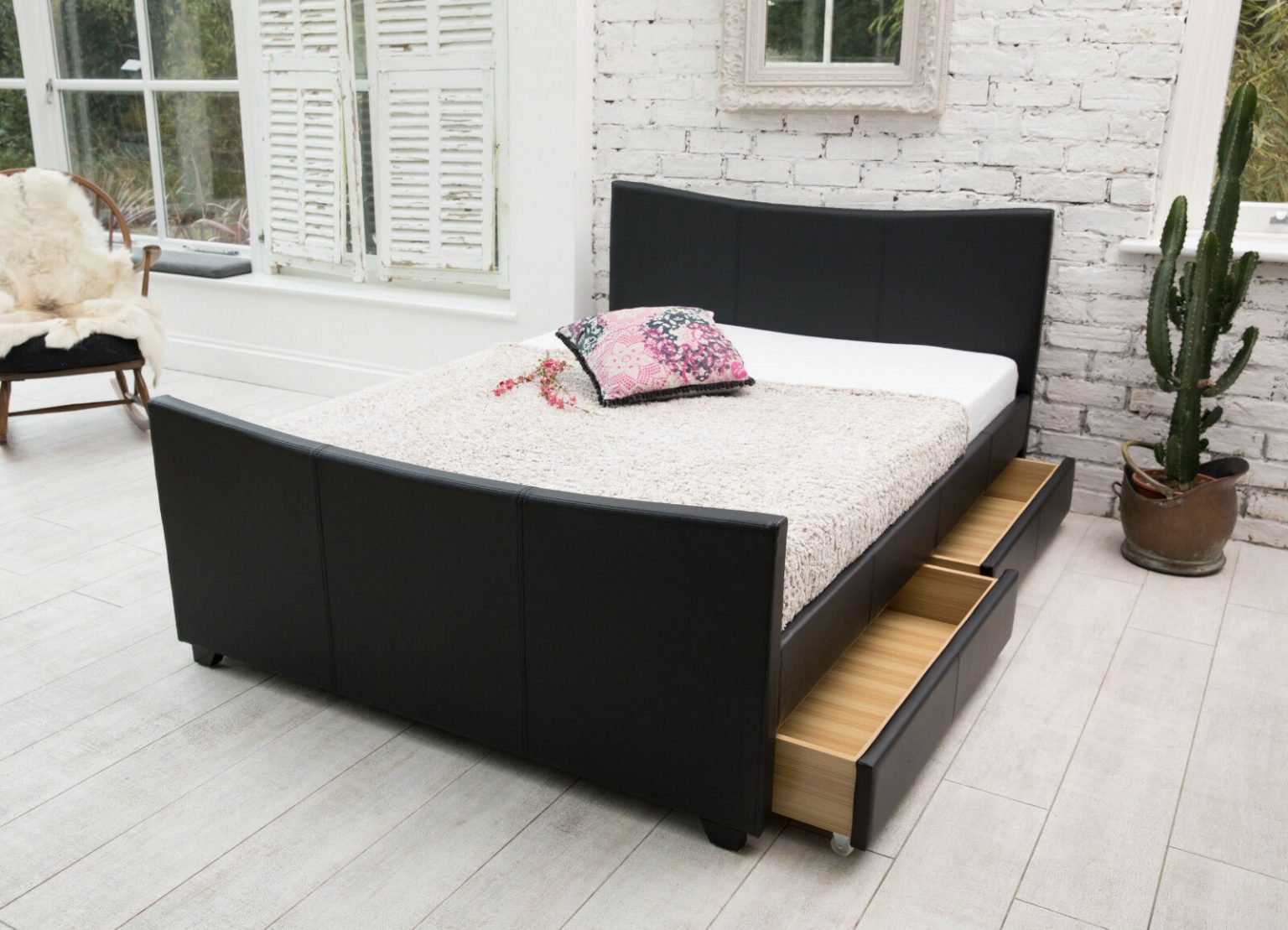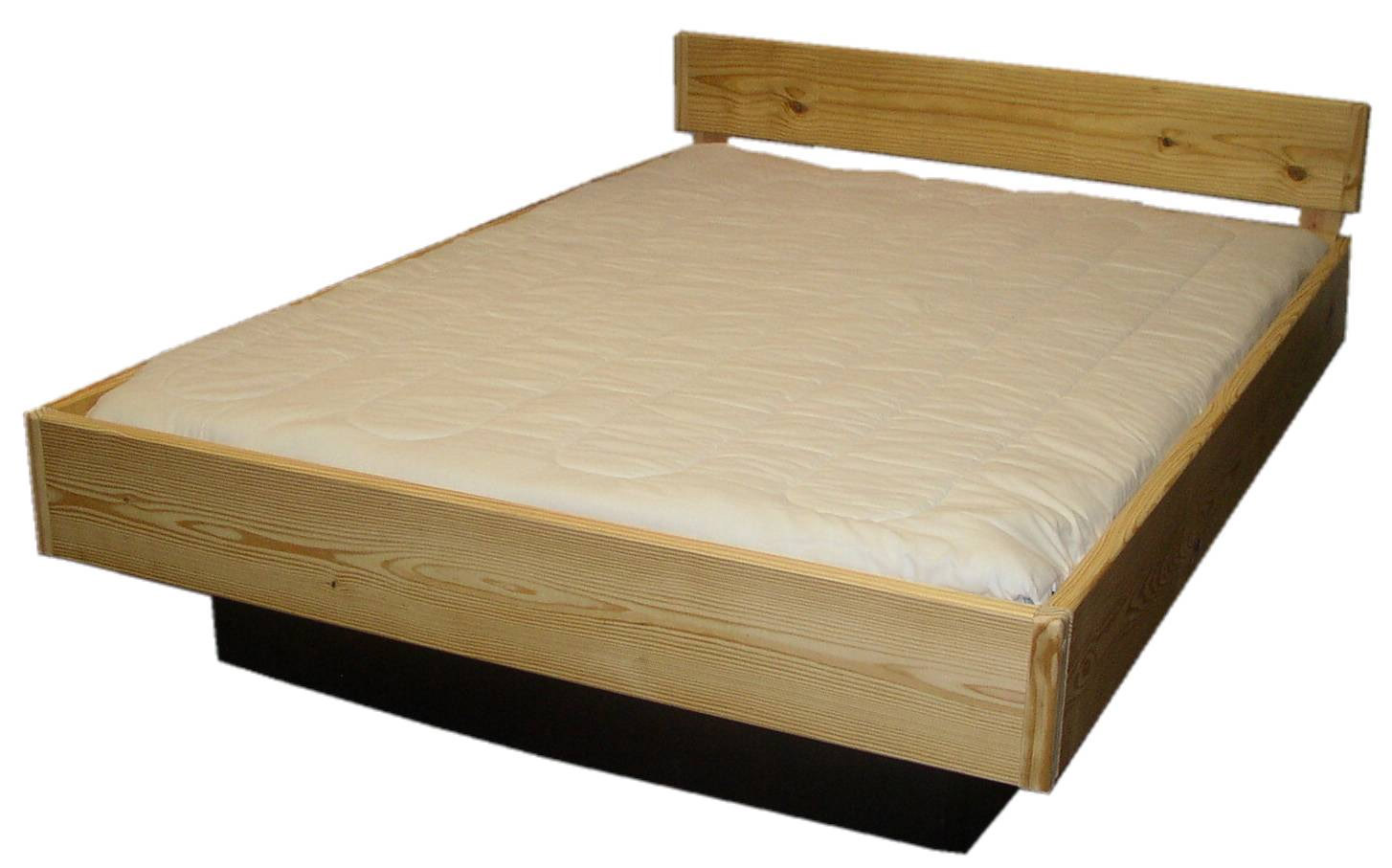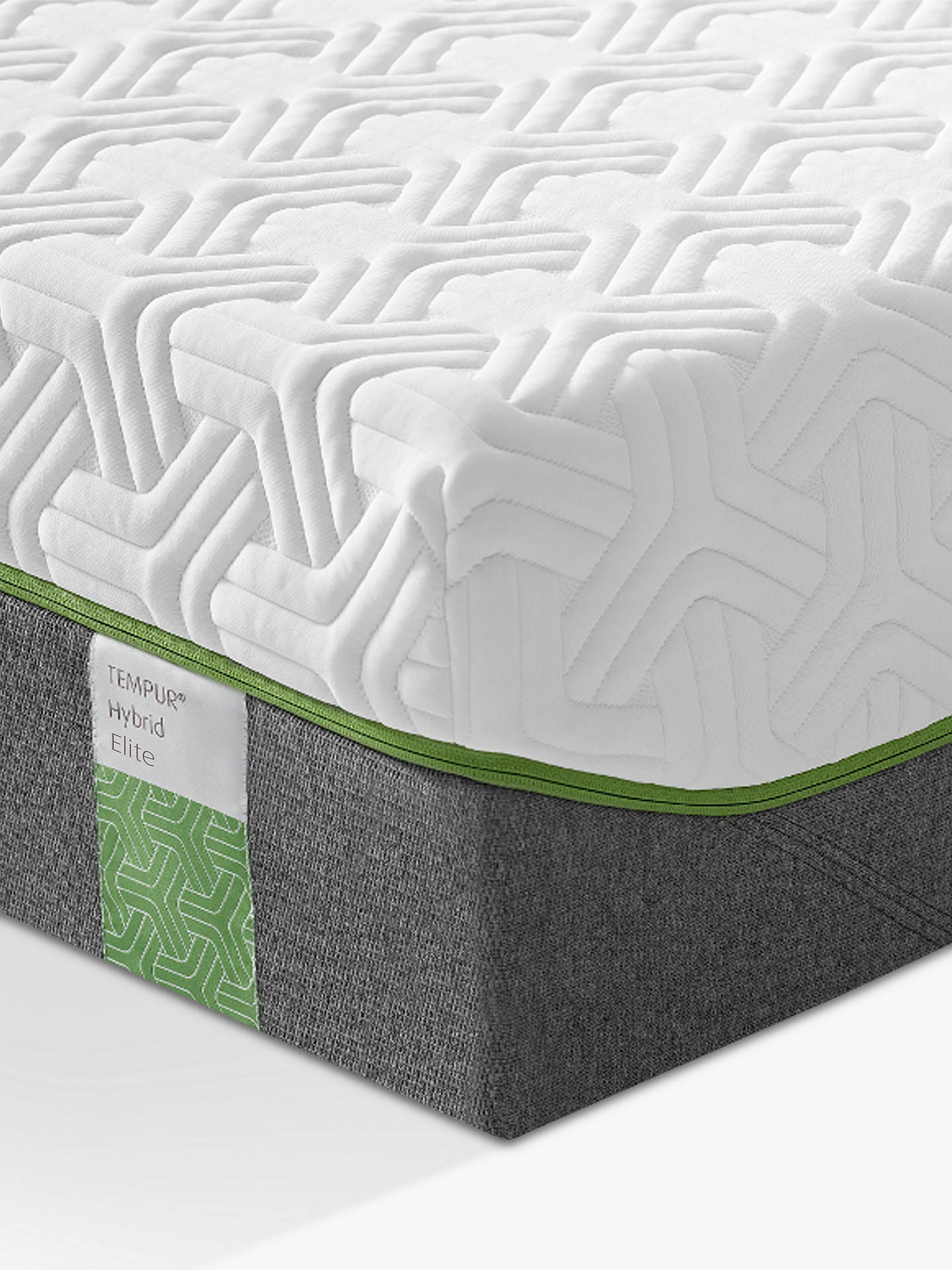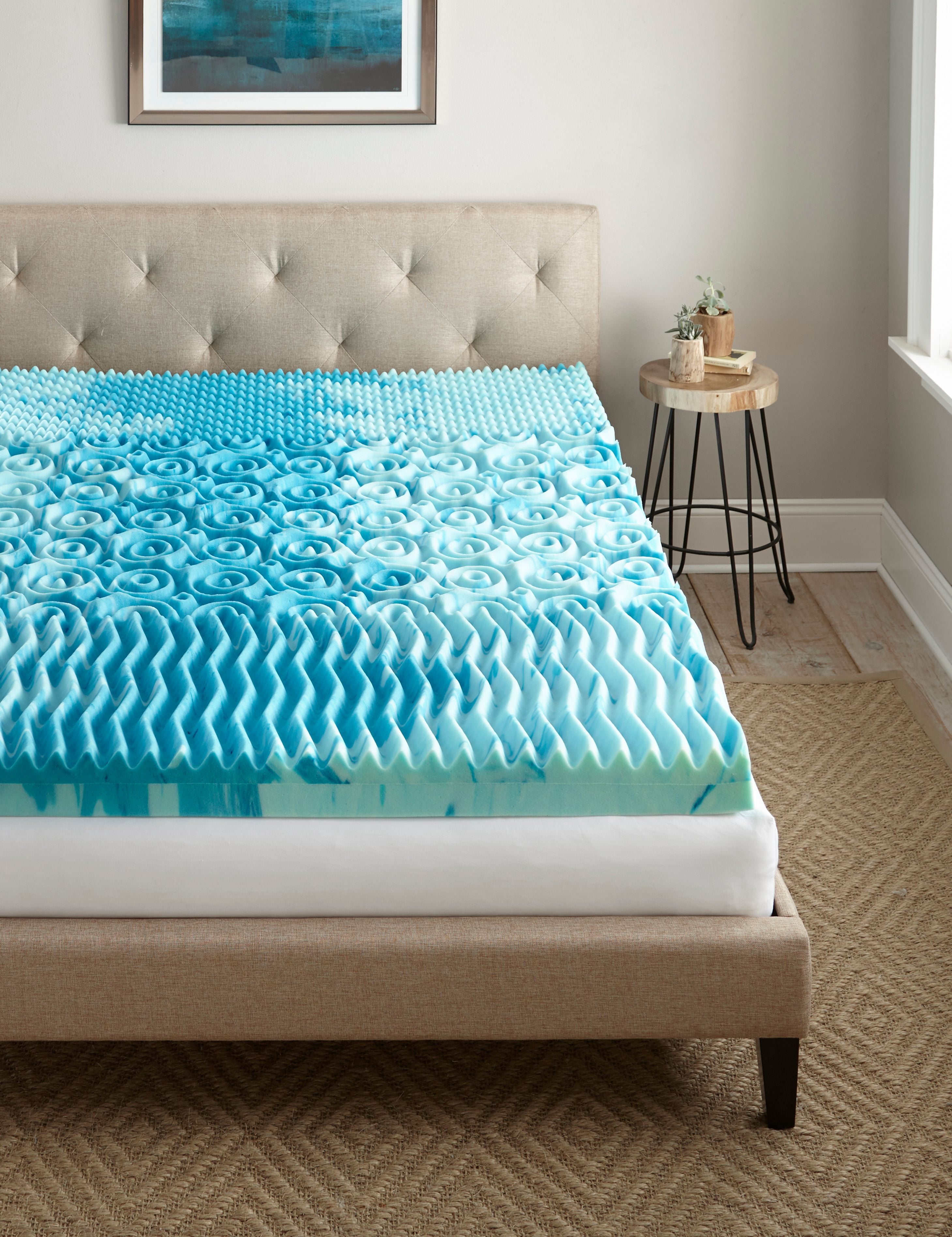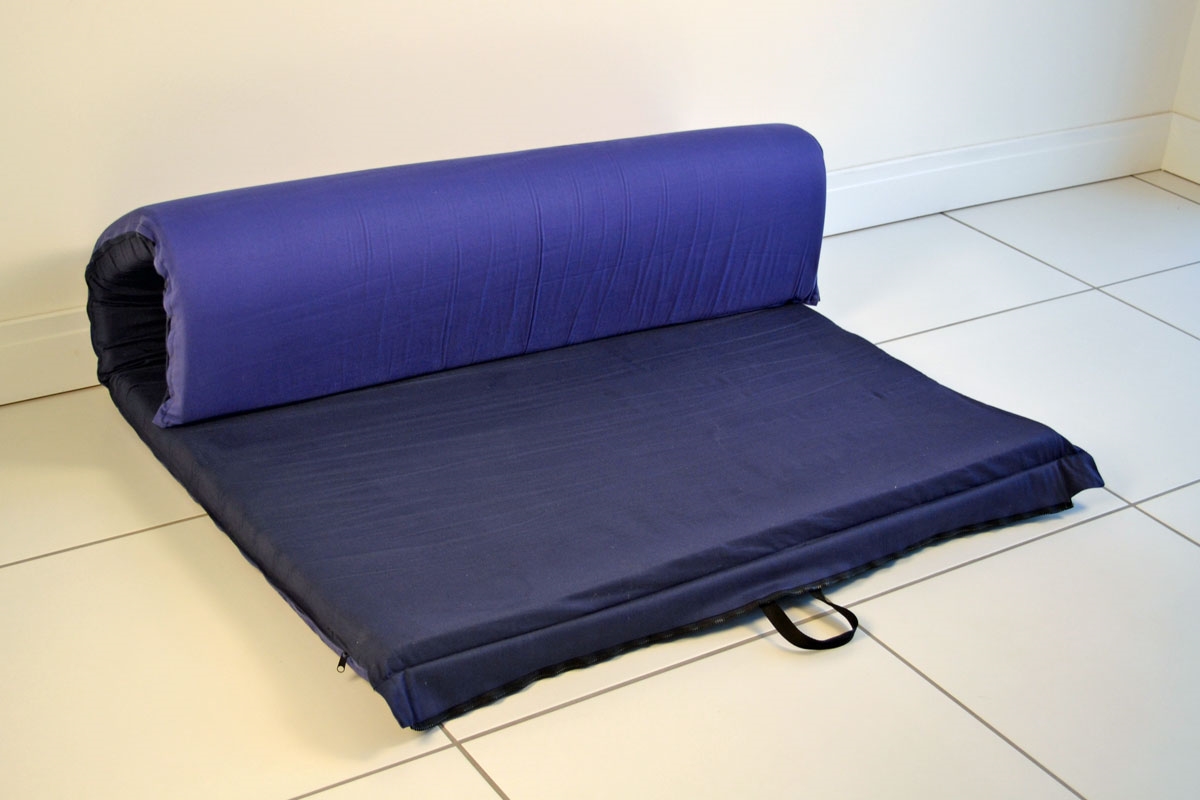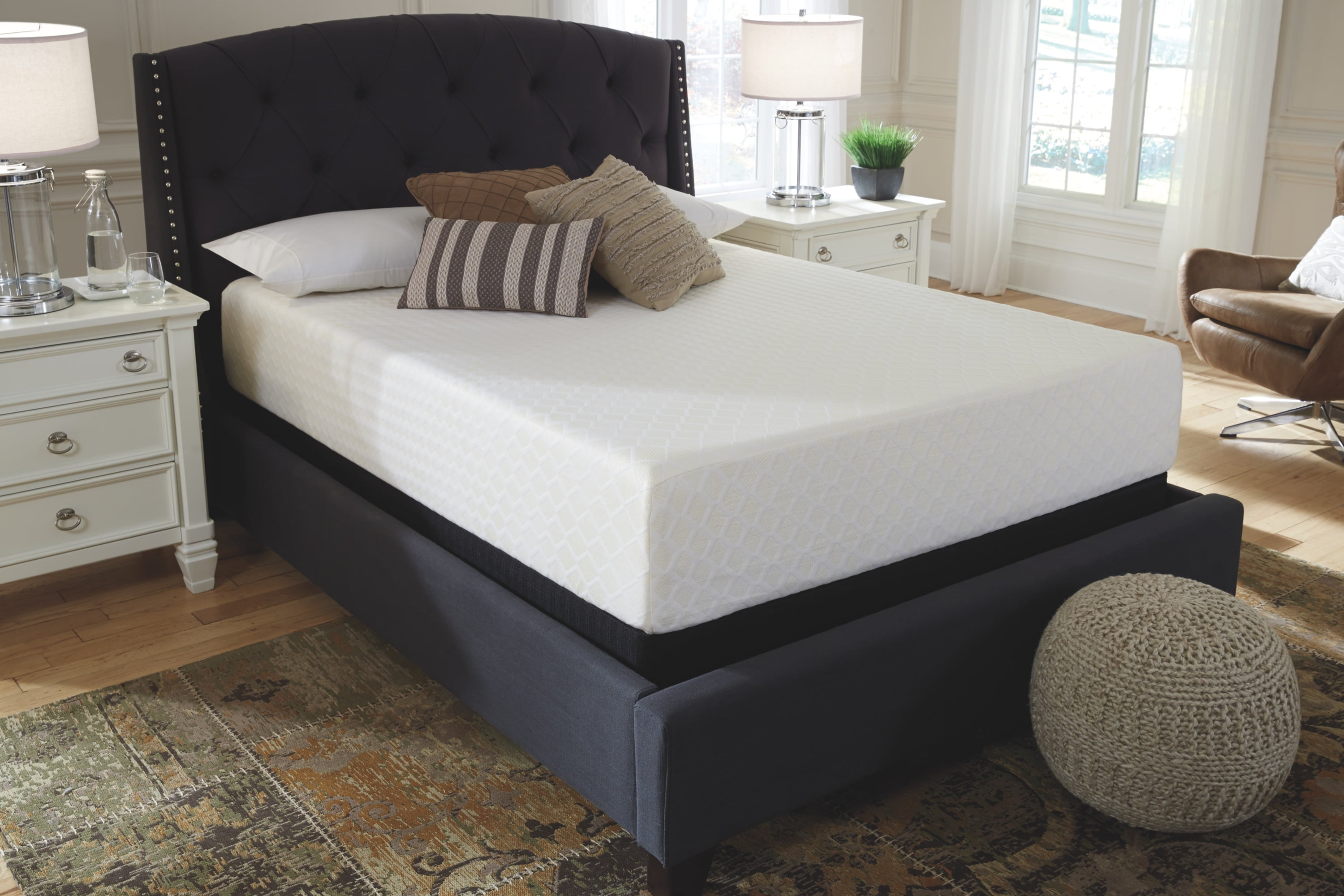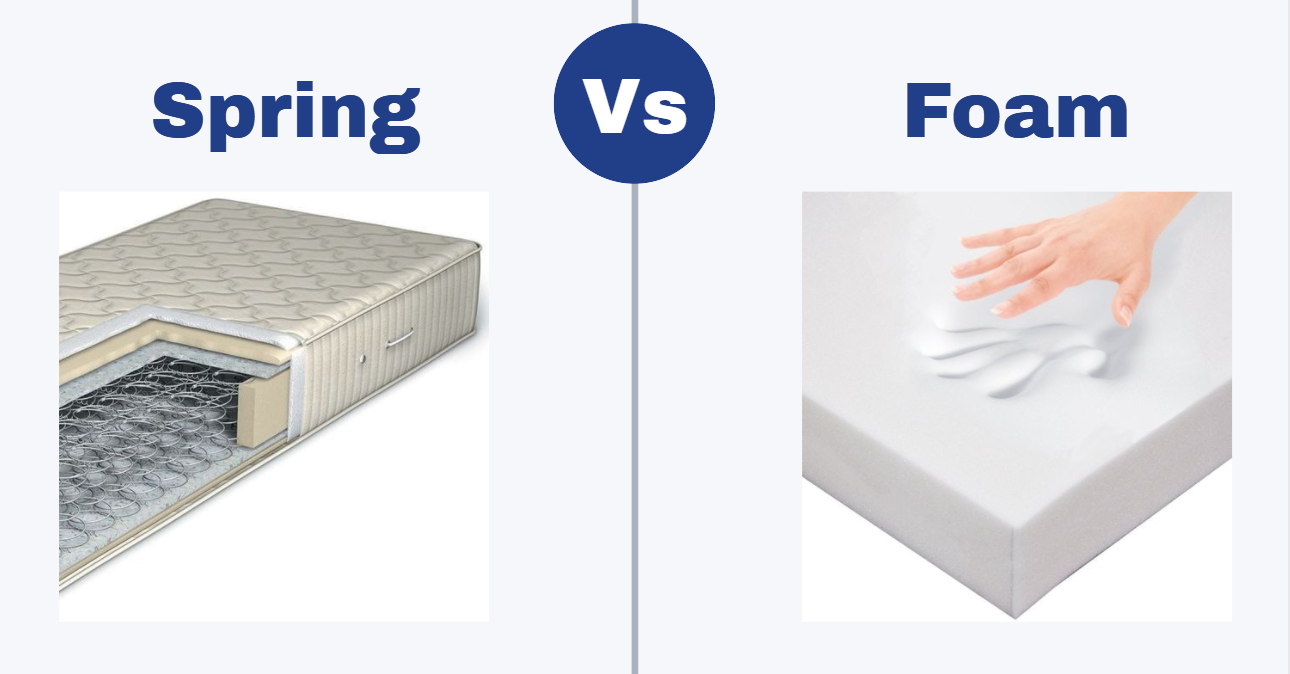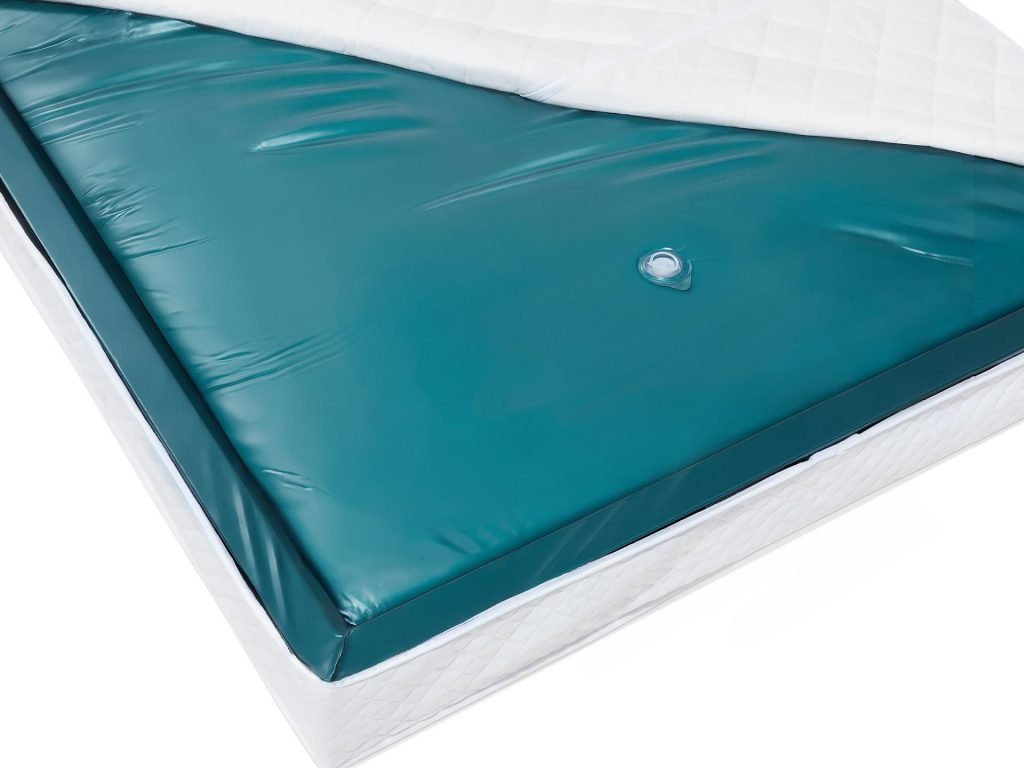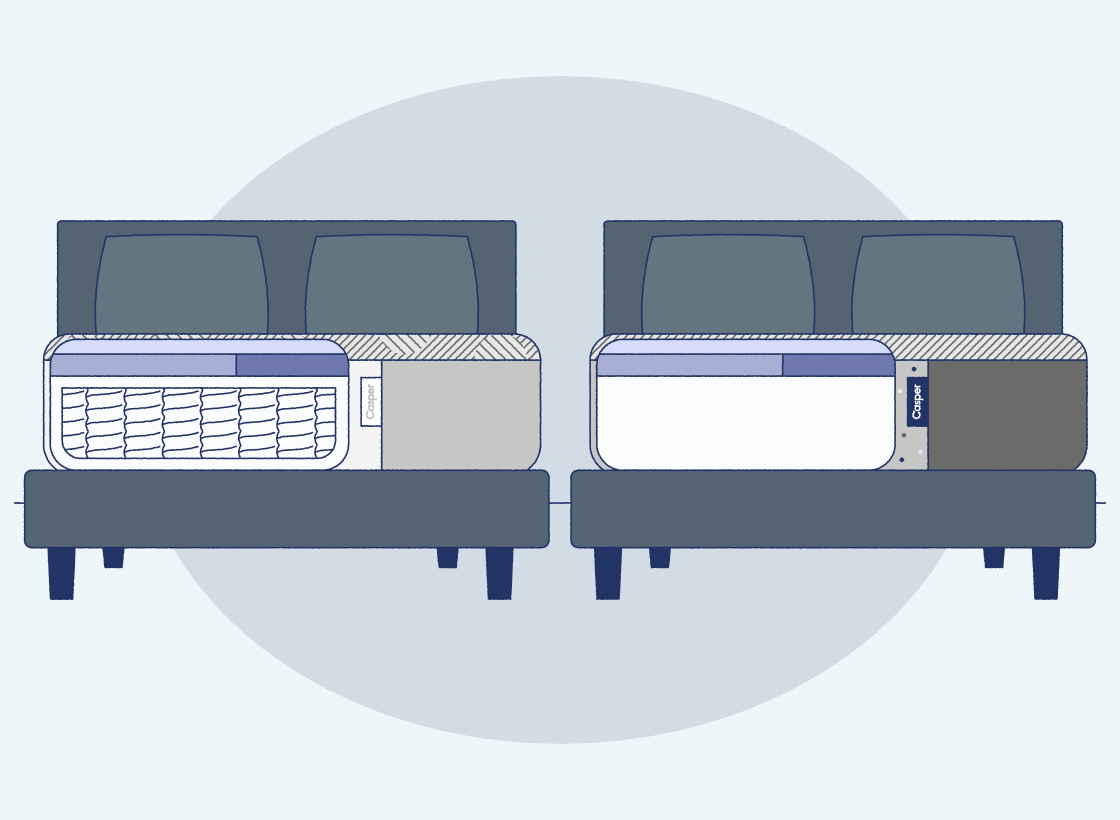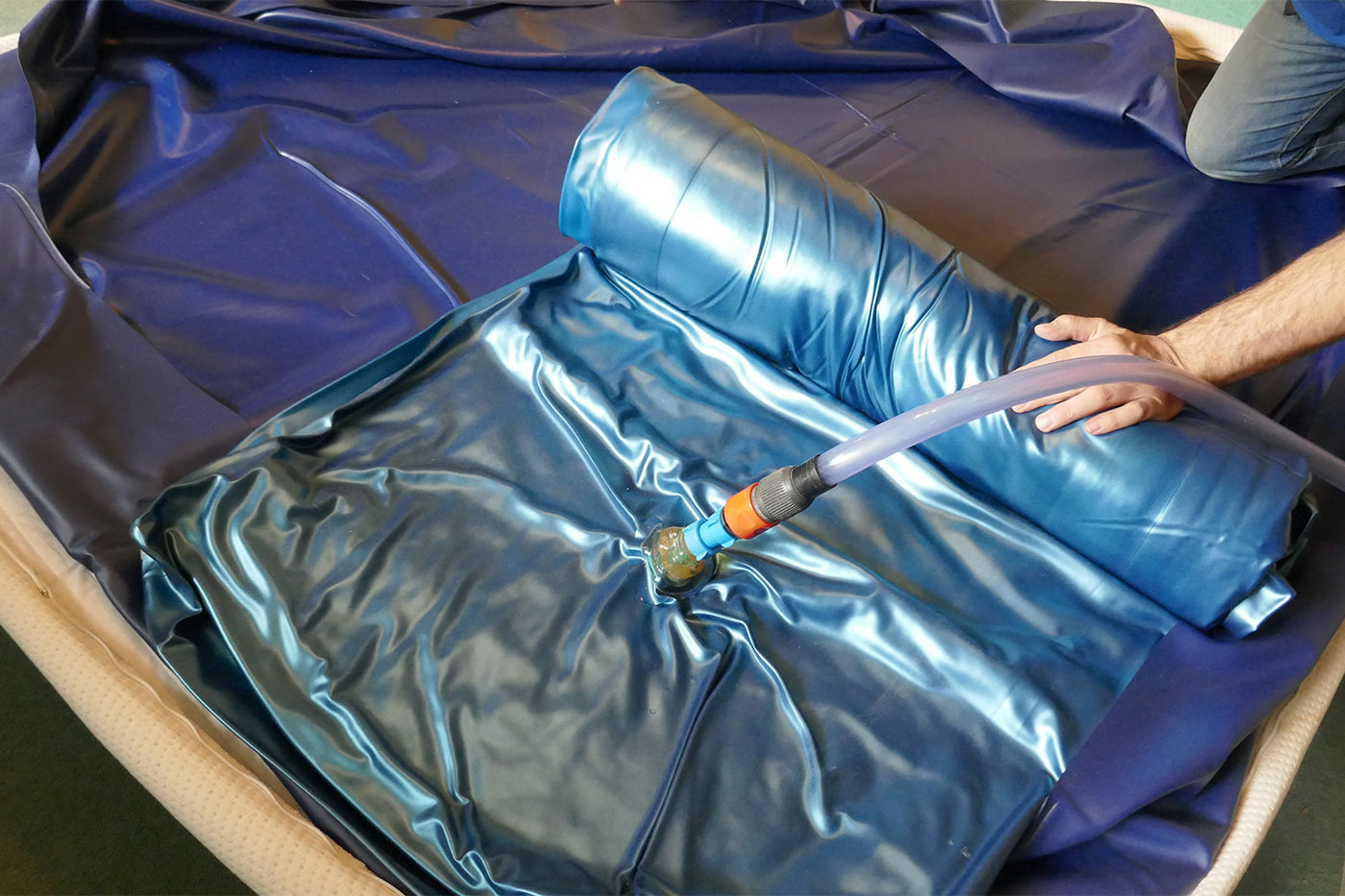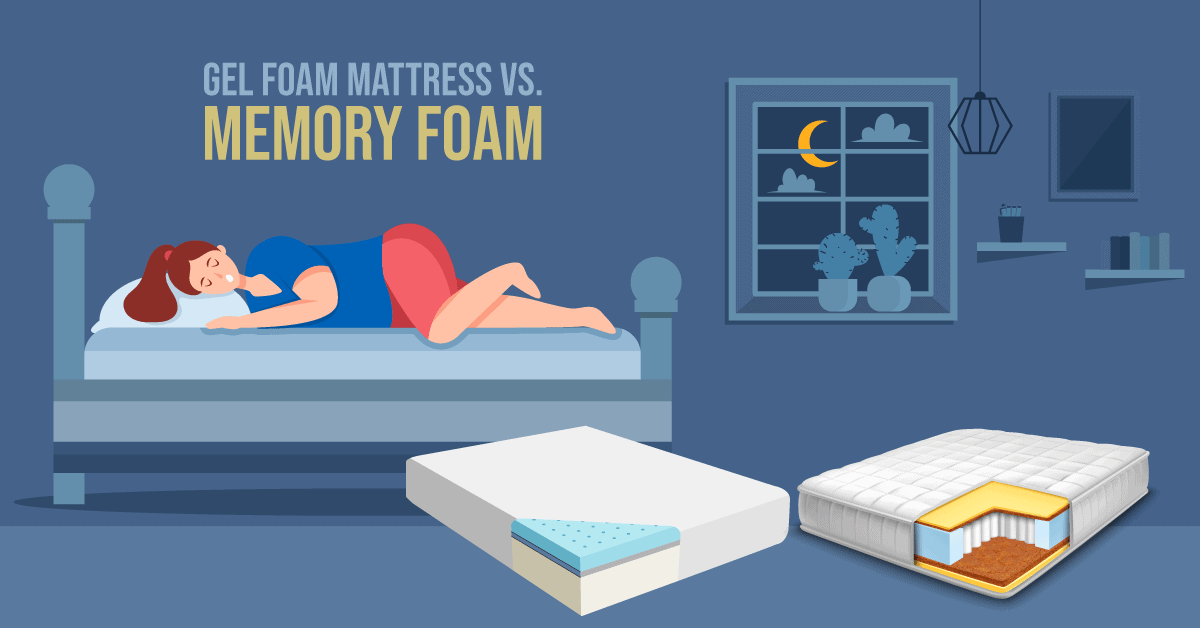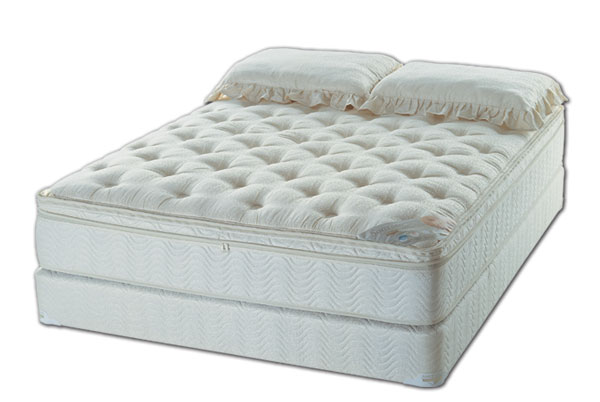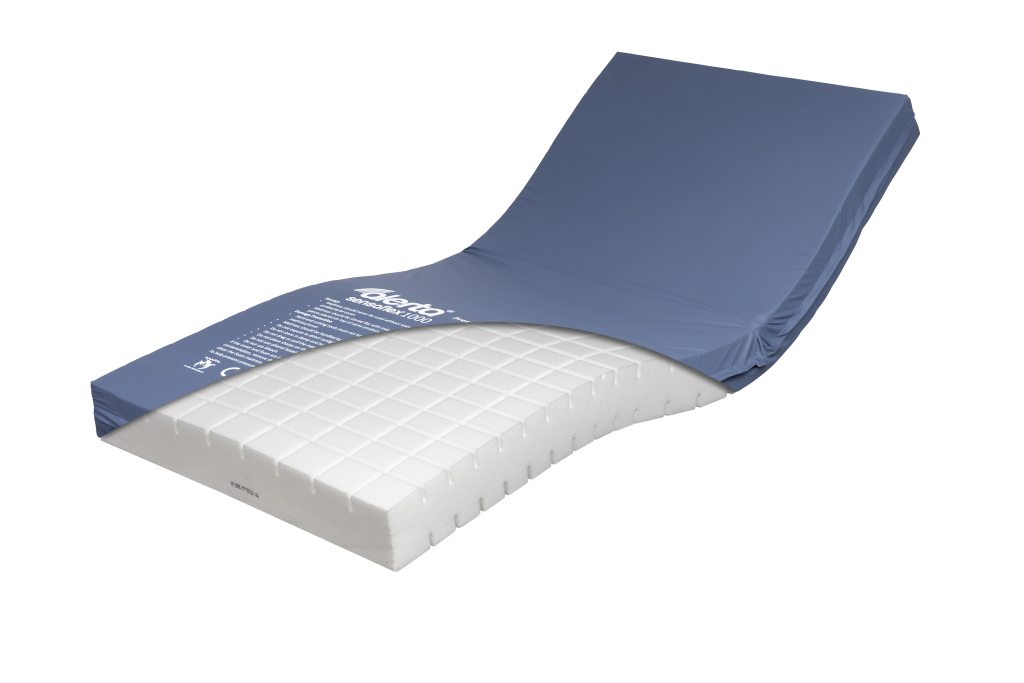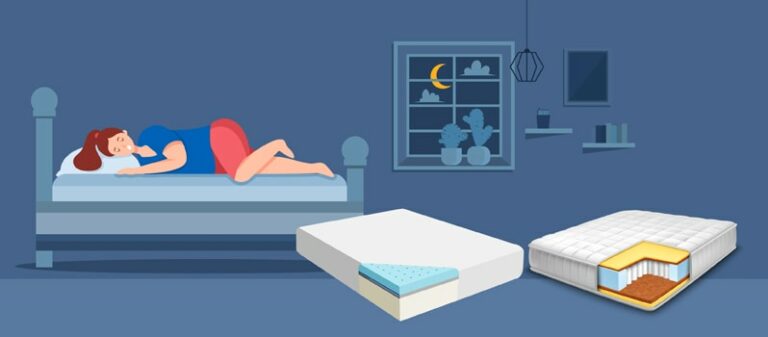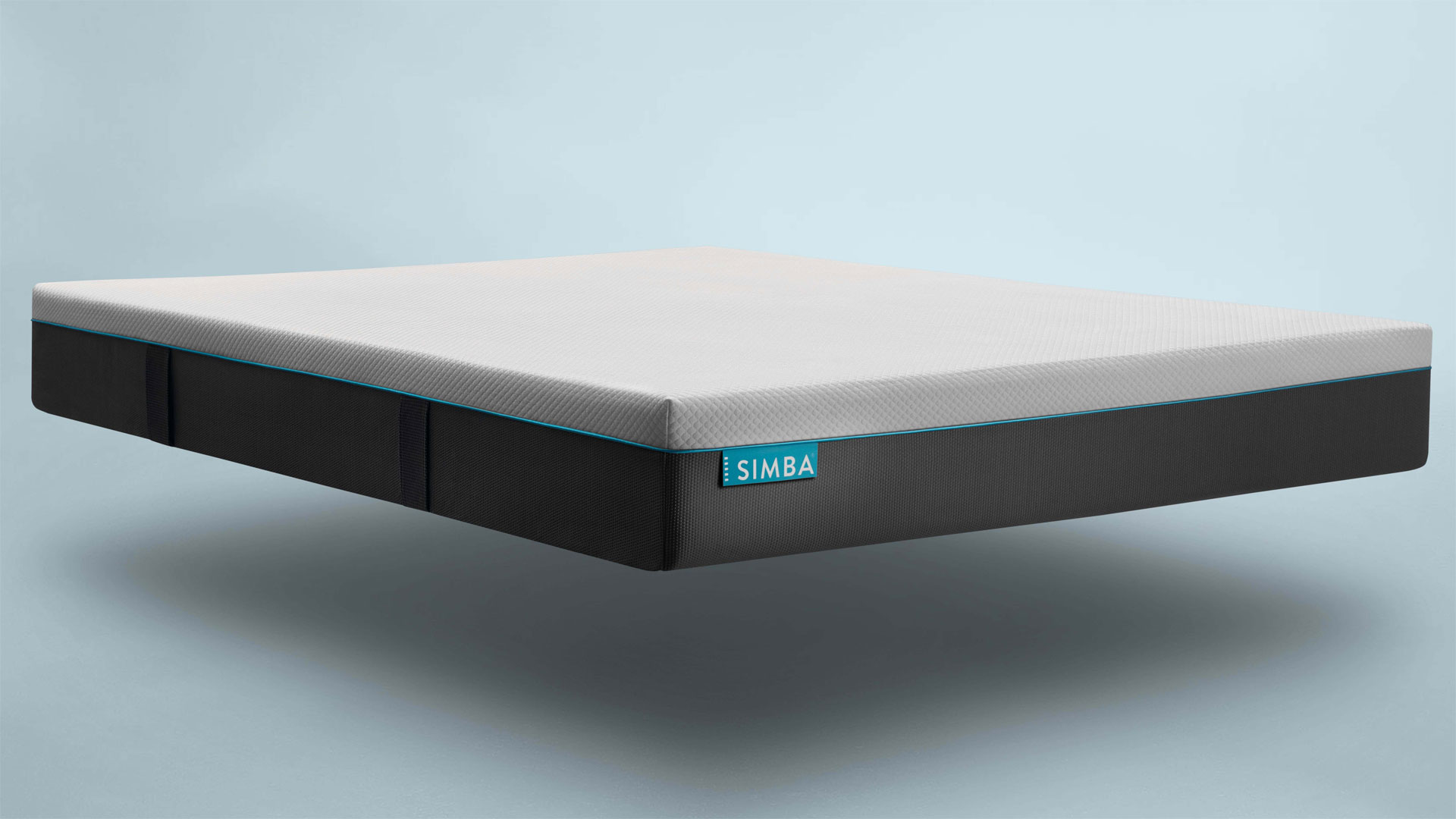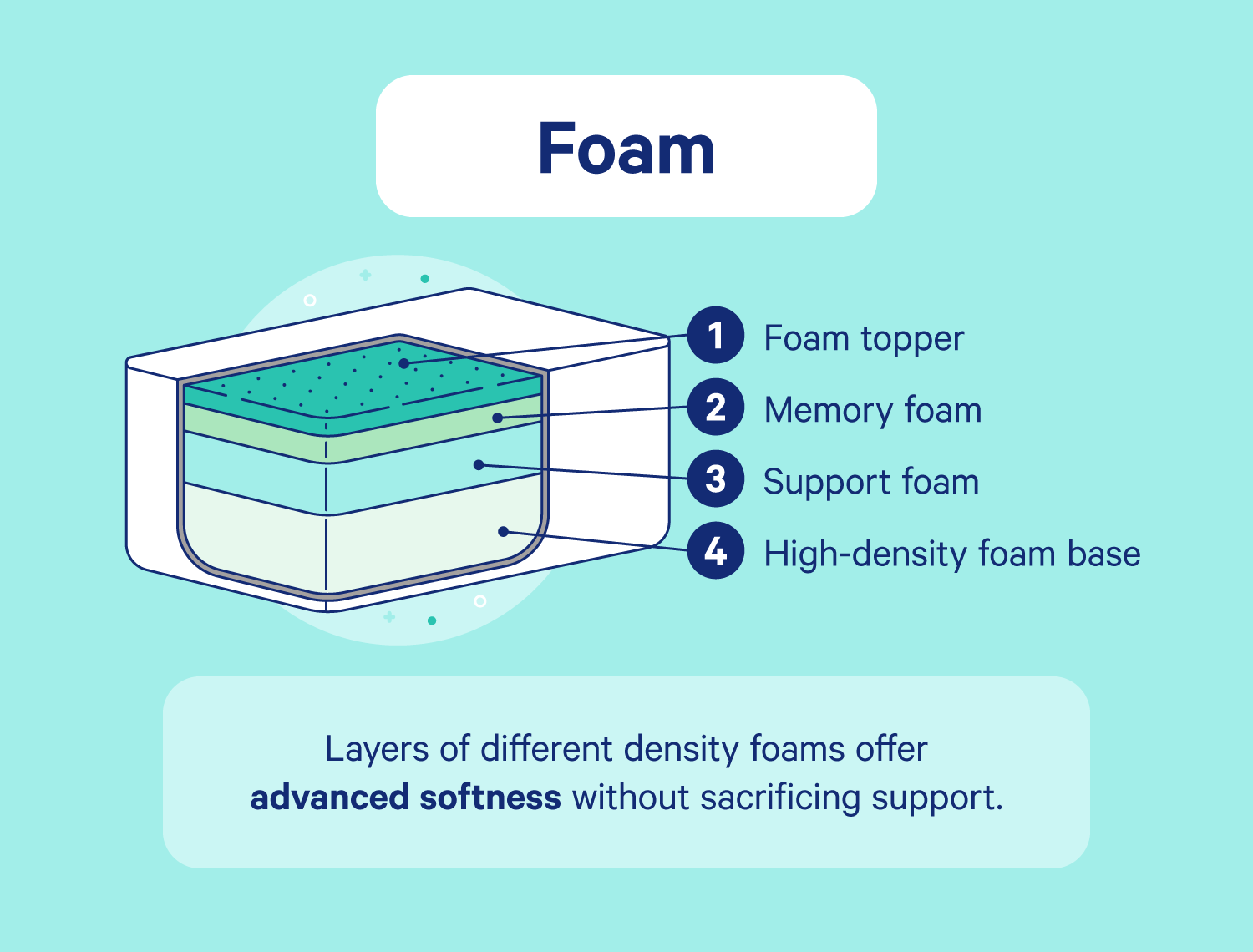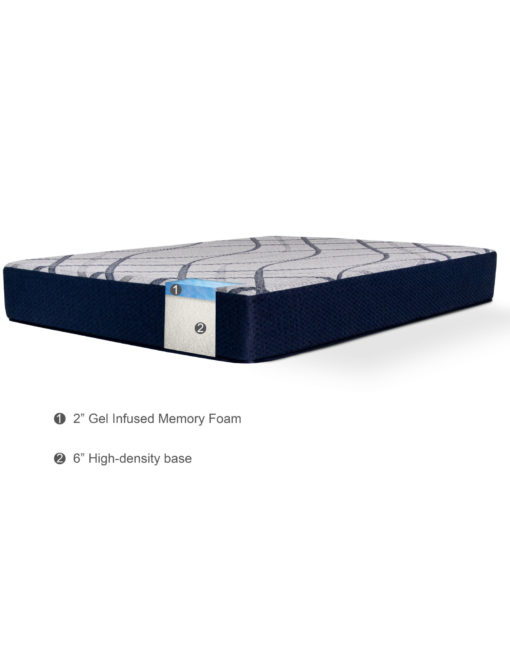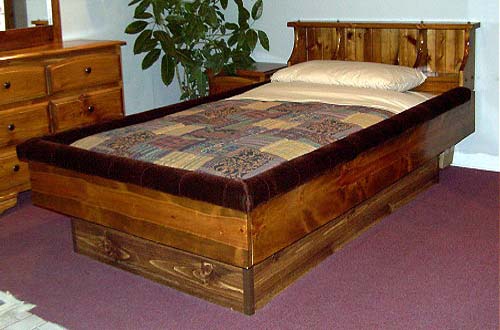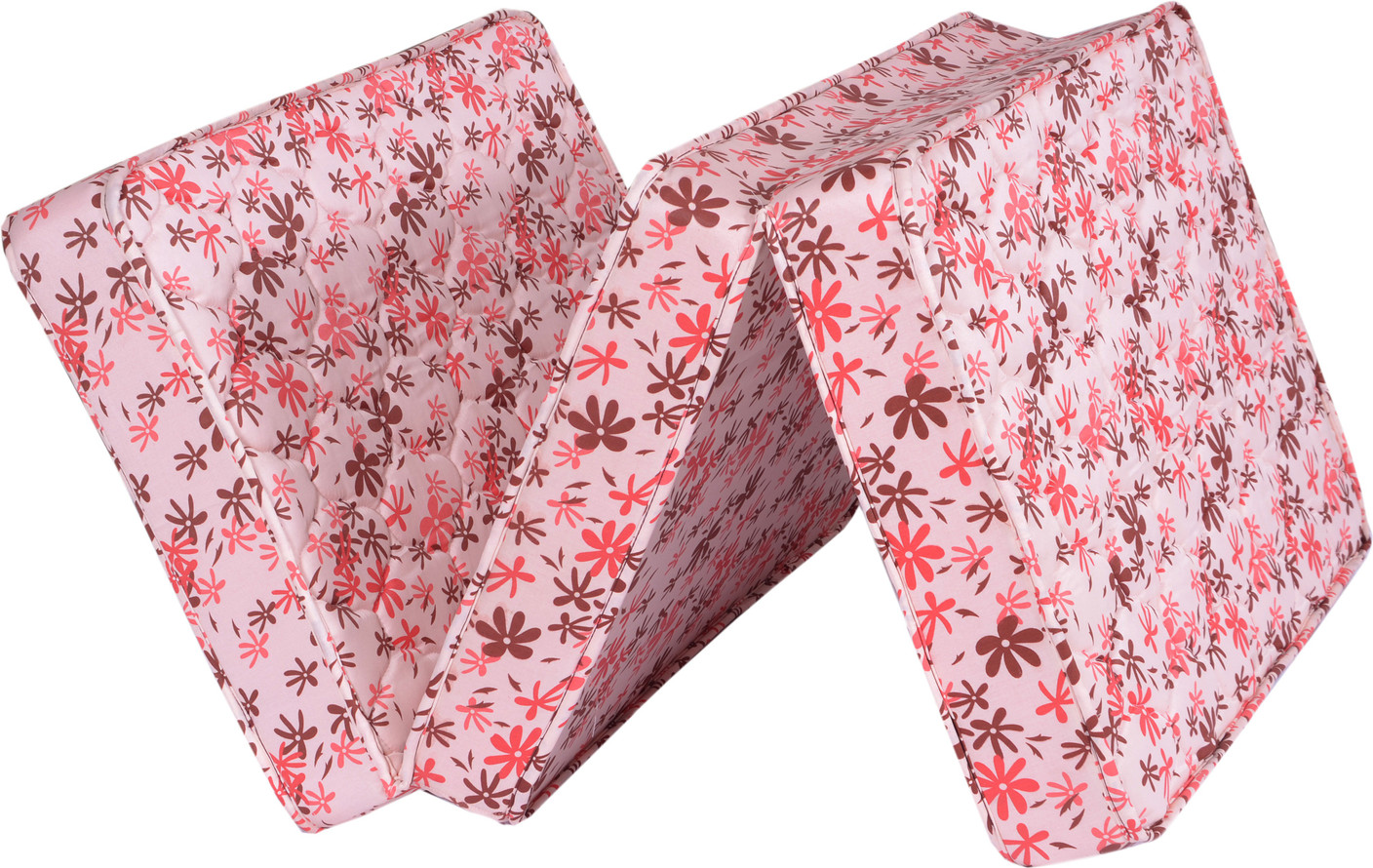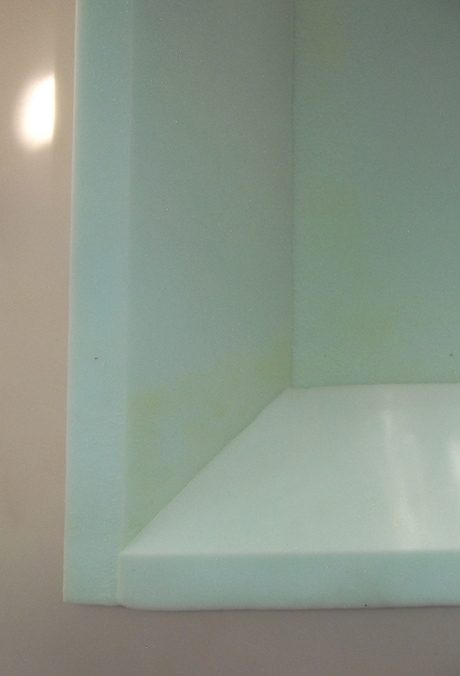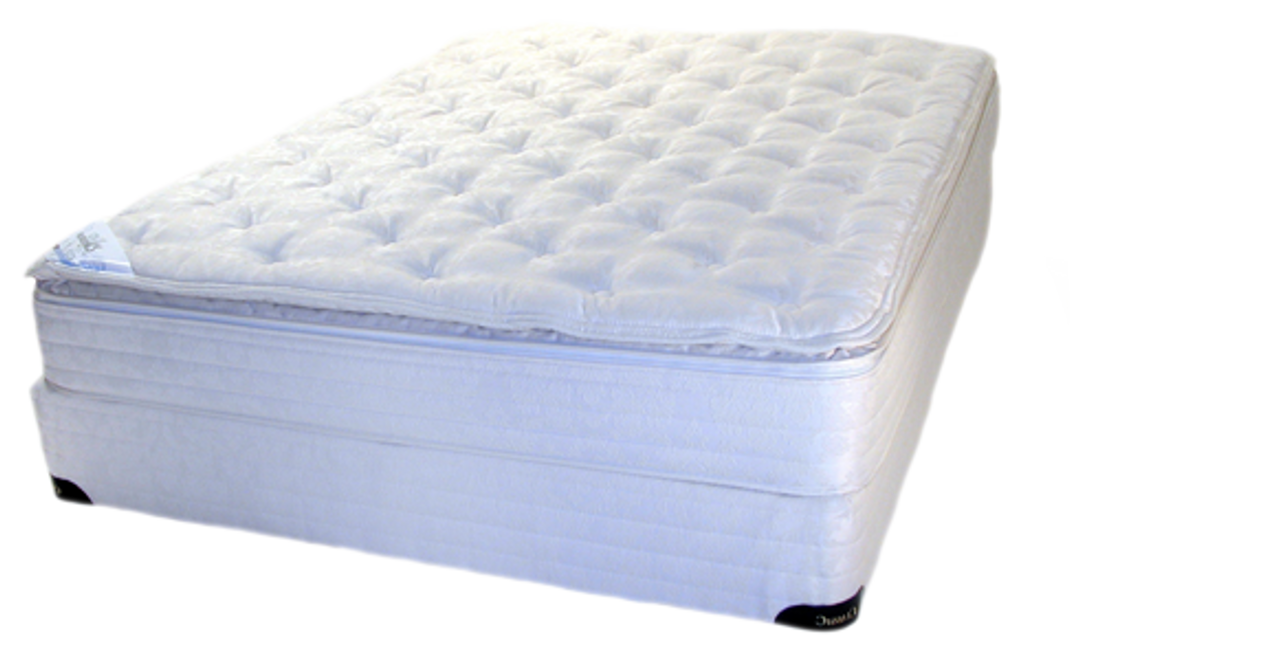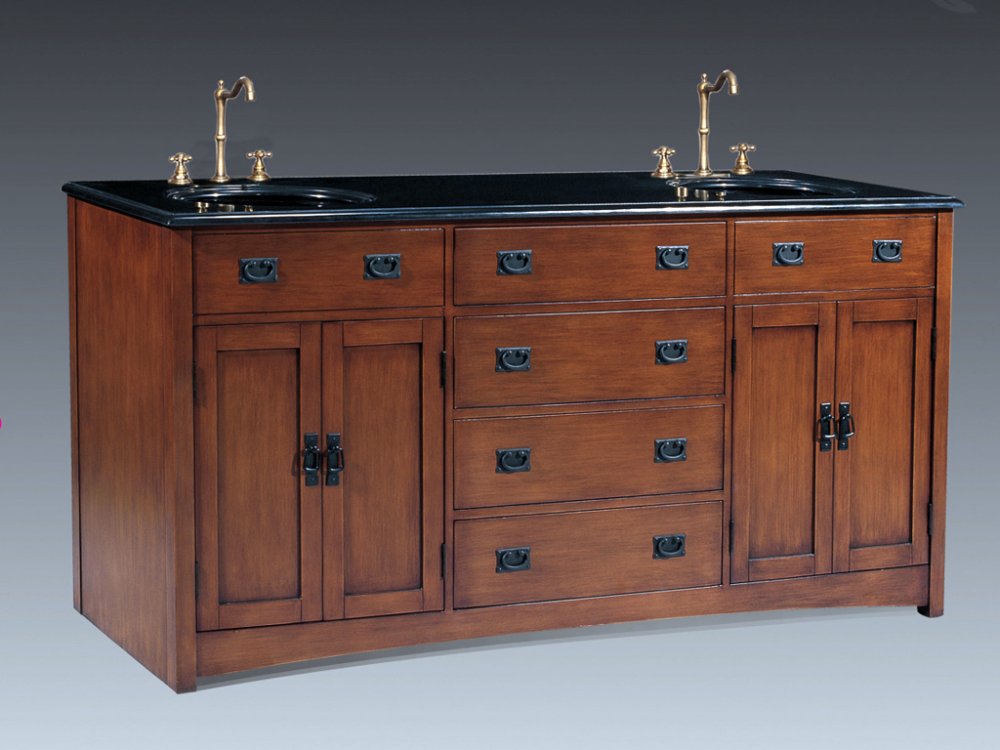When it comes to choosing a new mattress, there are a plethora of options available in the market. However, two of the most popular choices are waterbeds and foam mattresses. While both offer unique benefits and have their own set of loyal fans, deciding between the two can be a tough decision. In this article, we will compare the top 10 features of waterbeds and foam mattresses to help you make an informed decision.Introduction
Waterbed: A waterbed offers a unique floating sensation, which can be described as sleeping on a cloud. It conforms to the shape of your body and provides ample support, which can be beneficial for people with back pain. Foam Mattress: The foam mattress provides a comfortable and supportive sleeping surface by molding to the shape of your body. It also distributes body weight evenly, reducing pressure points and providing relief to your joints and muscles.1. Comfort and Support
Waterbed: One of the biggest advantages of a waterbed is its ability to regulate temperature. The water inside the mattress can be heated or cooled to your desired temperature, making it ideal for people who struggle with temperature regulation during sleep. Foam Mattress: A foam mattress does not have the ability to regulate temperature like a waterbed. However, some foam mattresses come with gel-infused layers, which help to dissipate body heat and keep you cool throughout the night.2. Temperature Control
Waterbed: Waterbeds are known for their long lifespan, with some lasting up to 20 years with proper maintenance. The water inside the mattress does not compress over time, making it a durable choice. Foam Mattress: While a foam mattress may not last as long as a waterbed, it can still provide good durability. High-density foam mattresses can last up to 10 years, while lower density ones may need to be replaced after 5-6 years.3. Durability
Waterbed: One of the downsides of a waterbed is its lack of motion isolation. Any movement on one side of the bed can be felt on the other side, making it a less ideal option for couples. Foam Mattress: Due to its dense and conforming nature, a foam mattress is known for its excellent motion isolation properties. This makes it a great choice for couples who don't want to disturb each other's sleep during the night.4. Motion Isolation
Waterbed: Waterbeds require regular maintenance, including adding water and treating the water with chemicals to prevent bacteria growth. They also need to be drained and cleaned every few years. Foam Mattress: A foam mattress is relatively low maintenance and does not require any special care. However, it is recommended to rotate the mattress every few months to prevent sagging and prolong its lifespan.5. Maintenance and Care
Waterbed: A waterbed can be a more expensive upfront investment, but its durability and long lifespan can make it a cost-effective choice in the long run. Foam Mattress: Foam mattresses come in a wide range of prices, with some budget-friendly options available. However, high-quality foam mattresses can be more expensive than waterbeds.6. Price
Waterbed: Waterbeds may not be suitable for people with allergies as the warmth and moisture inside the mattress can promote the growth of mold and bacteria. Foam Mattress: Foam mattresses are hypoallergenic and resistant to dust mites, making them a better option for people with allergies.7. Allergies
Waterbed: While the floating sensation of a waterbed can be relaxing, it may not be the best choice for movement and sex. The water inside the mattress can create a wave-like motion, which can be difficult to control. Foam Mattress: A foam mattress provides a more stable and sturdy surface, making it easier to move and engage in physical activities without any disruptions.8. Movement and Sex
Waterbed: Waterbeds can be notorious for making sloshing or gurgling noises, especially when you move around in bed. This can be disruptive to your sleep, especially if you’re a light sleeper. Foam Mattress: A foam mattress is virtually silent, making it a great choice for people who are easily disturbed by noise during sleep.9. Noise Levels
Waterbed vs Foam Mattress: Which is the Best Choice for a Good Night's Sleep?
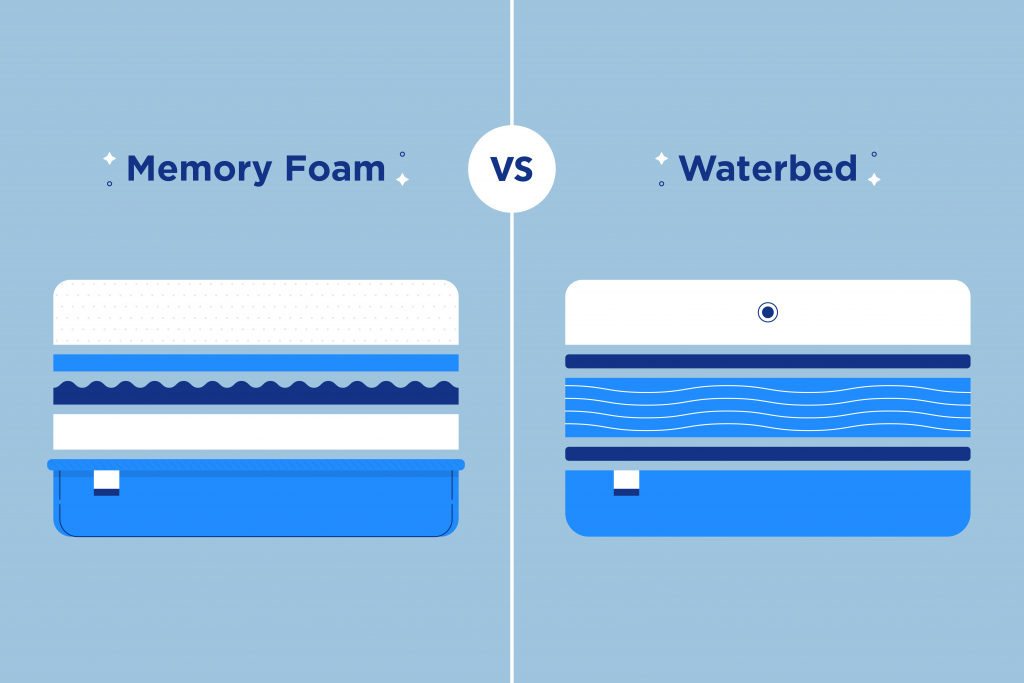
The Importance of a Good Mattress
 When it comes to designing our homes, we often focus on aesthetics and functionality. However, one important aspect that should not be overlooked is choosing the right mattress. Our mattresses play a crucial role in providing us with a good night's sleep, which is essential for our overall health and wellbeing. With the wide variety of mattresses available in the market, it can be overwhelming to make a decision. In this article, we will compare two popular options – waterbeds and foam mattresses – to help you choose the best one for your needs.
When it comes to designing our homes, we often focus on aesthetics and functionality. However, one important aspect that should not be overlooked is choosing the right mattress. Our mattresses play a crucial role in providing us with a good night's sleep, which is essential for our overall health and wellbeing. With the wide variety of mattresses available in the market, it can be overwhelming to make a decision. In this article, we will compare two popular options – waterbeds and foam mattresses – to help you choose the best one for your needs.
The Battle of Comfort: Waterbeds vs Foam Mattresses
 One of the main factors to consider when choosing a mattress is comfort. After all, we spend a significant amount of time sleeping on our mattresses, so it's important to ensure that we are comfortable. Waterbeds and foam mattresses offer different levels of comfort, and it ultimately depends on personal preference.
Waterbeds
have been around since the late 1800s and were initially designed for medical purposes. These mattresses are filled with water and can be adjusted to your desired firmness. The water provides a unique floating sensation that some find extremely comfortable. However, others may find it too soft and lacking in support, which can lead to back pain and discomfort.
On the other hand,
foam mattresses
are made of different layers of foam, providing excellent support and pressure relief. The foam contours to your body, distributing your weight evenly and reducing pressure points. This can be especially beneficial for those with back or joint pain. However, some may find foam mattresses to be too firm and not as comfortable as waterbeds.
One of the main factors to consider when choosing a mattress is comfort. After all, we spend a significant amount of time sleeping on our mattresses, so it's important to ensure that we are comfortable. Waterbeds and foam mattresses offer different levels of comfort, and it ultimately depends on personal preference.
Waterbeds
have been around since the late 1800s and were initially designed for medical purposes. These mattresses are filled with water and can be adjusted to your desired firmness. The water provides a unique floating sensation that some find extremely comfortable. However, others may find it too soft and lacking in support, which can lead to back pain and discomfort.
On the other hand,
foam mattresses
are made of different layers of foam, providing excellent support and pressure relief. The foam contours to your body, distributing your weight evenly and reducing pressure points. This can be especially beneficial for those with back or joint pain. However, some may find foam mattresses to be too firm and not as comfortable as waterbeds.
Durability and Maintenance
 Aside from comfort, durability and maintenance are also important factors to consider. Waterbeds require regular maintenance, such as changing the water and cleaning the mattress. This can be time-consuming and may not be suitable for those with busy schedules. Additionally, waterbeds are more prone to leaks and punctures, which can be costly to repair.
Foam mattresses, on the other hand, are known for their durability. The high-quality foam used in these mattresses can last for up to 10 years with proper care. They are also low maintenance, requiring only occasional flipping and rotating to prevent sagging. This makes them a more practical choice for those looking for a long-term investment in their sleep.
Aside from comfort, durability and maintenance are also important factors to consider. Waterbeds require regular maintenance, such as changing the water and cleaning the mattress. This can be time-consuming and may not be suitable for those with busy schedules. Additionally, waterbeds are more prone to leaks and punctures, which can be costly to repair.
Foam mattresses, on the other hand, are known for their durability. The high-quality foam used in these mattresses can last for up to 10 years with proper care. They are also low maintenance, requiring only occasional flipping and rotating to prevent sagging. This makes them a more practical choice for those looking for a long-term investment in their sleep.
The Verdict: Which One Wins?
 In the battle between waterbeds and foam mattresses, there is no clear winner. It ultimately comes down to personal preference and individual needs. Those looking for a unique sleeping experience and don't mind the maintenance may prefer waterbeds. On the other hand, those seeking comfort and durability may find foam mattresses to be the better option. Whichever one you choose, remember to prioritize your comfort and invest in a high-quality mattress for a good night's sleep.
In the battle between waterbeds and foam mattresses, there is no clear winner. It ultimately comes down to personal preference and individual needs. Those looking for a unique sleeping experience and don't mind the maintenance may prefer waterbeds. On the other hand, those seeking comfort and durability may find foam mattresses to be the better option. Whichever one you choose, remember to prioritize your comfort and invest in a high-quality mattress for a good night's sleep.







